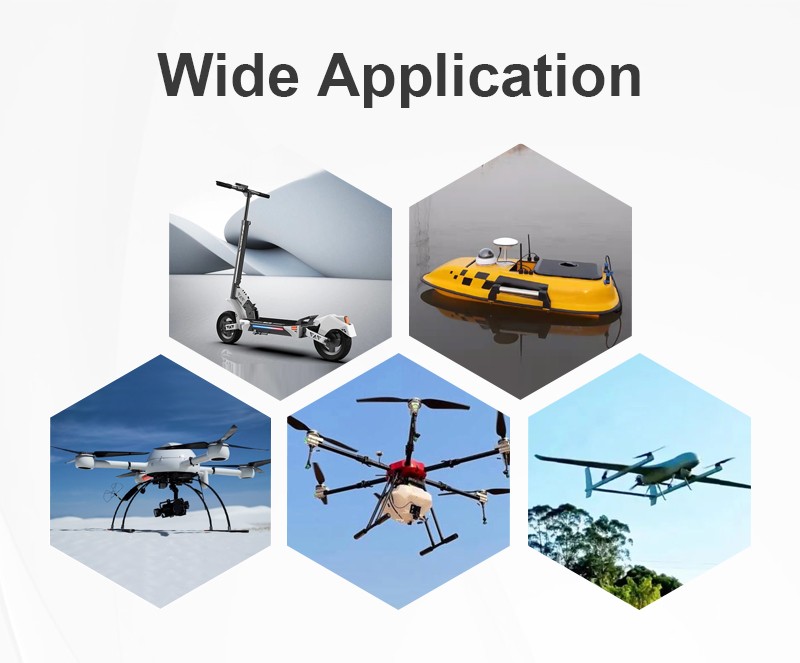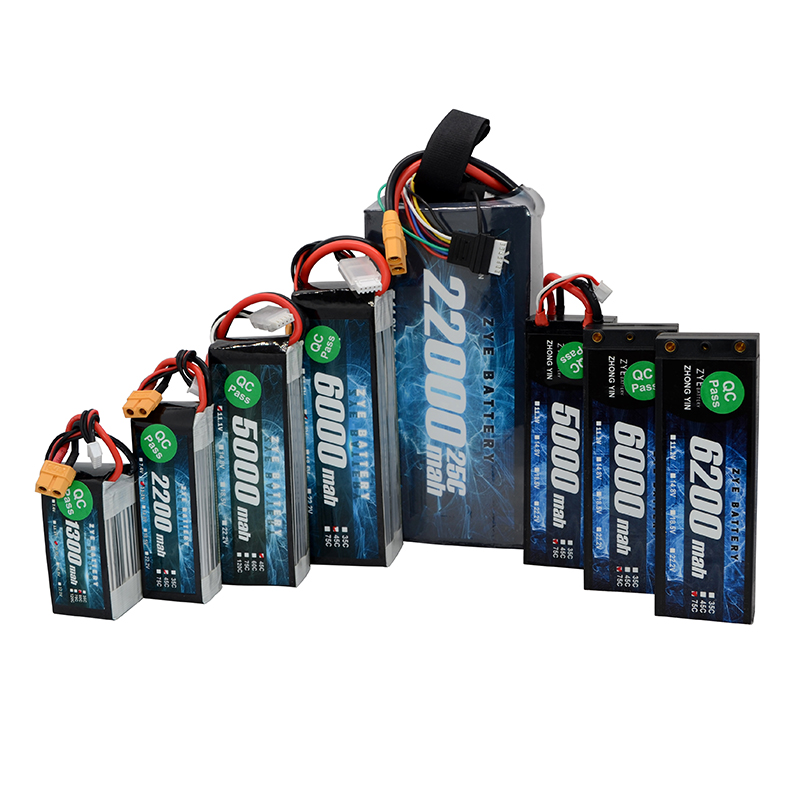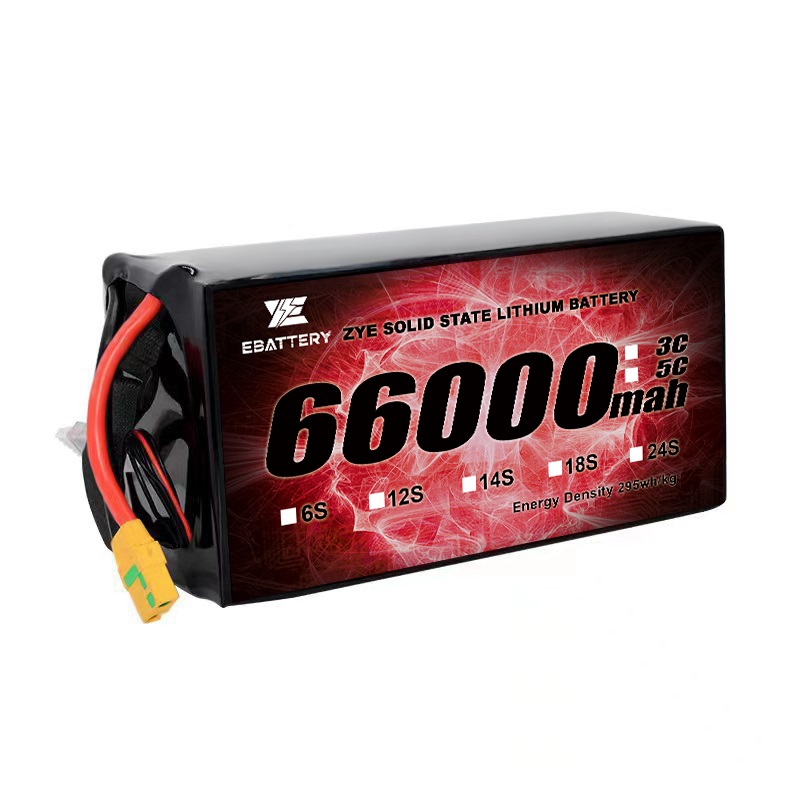How Do Flight Controllers Monitor LiPo Battery Voltage in Real Time?
2025-07-02
Flight controllers play a crucial role in ensuring the safe and efficient operation of drones, particularly when it comes to monitoring LiPo battery voltage during flight. Understanding how these systems work is essential for drone enthusiasts and professionals alike. In this comprehensive guide, we'll explore the intricacies of real-time LiPo battery voltage monitoring in flight controllers.
How Do Drones Track LiPo Levels Mid-Flight?
Drones rely on sophisticated technology to monitor LiPo battery levels during flight. This real-time tracking is essential for maintaining safe operations and maximizing flight time. Let's delve into the methods used by flight controllers to keep tabs on battery voltage.
Voltage Sensors: The Eyes of the Flight Controller
At the heart of a drone's battery monitoring system are voltage sensors. These compact yet powerful components are directly connected to the LiPo battery and continuously measure its voltage output. The sensors transmit this data to the flight controller, which interprets the information and uses it to make critical decisions about the drone's operation.
Telemetry Systems: Bridging the Gap Between Drone and Pilot
Telemetry systems play a vital role in relaying battery voltage information from the drone to the pilot. These systems transmit real-time data, including battery voltage, to the ground control station or the pilot's remote controller. This allows operators to make informed decisions about flight duration and when to initiate landing procedures.
On-Board Computing: Processing Battery Data
Modern flight controllers are equipped with powerful microprocessors that can quickly analyze battery voltage data. These on-board computers use algorithms to interpret voltage readings, estimate remaining flight time, and trigger warnings when necessary. This real-time processing ensures that pilots always have access to up-to-date information about their drone's power status.
Low-Voltage Alarms: Why Are They Critical for Preventing Over-Discharge?
Low-voltage alarms are an indispensable feature of flight controllers, designed to protect LiPo batteries from potentially damaging over-discharge. These alarms serve as a crucial safety net, alerting pilots when battery levels reach critical thresholds.
The Dangers of Over-Discharging LiPo Batteries
Over-discharging a LiPo battery can lead to irreversible damage, reduced capacity, and even safety hazards. When a LiPo cell's voltage drops below a certain level (typically 3.0V per cell), it can enter a state of chemical instability. This not only shortens the battery's lifespan but can also increase the risk of swelling, fire, or explosion during subsequent charging cycles.
How Low-Voltage Alarms Operate
Flight controllers are programmed with specific voltage thresholds that trigger low-voltage alarms. These thresholds are typically set to allow for a safe margin of error, giving pilots ample time to land their drones before the battery reaches a critically low level. When the battery voltage approaches these pre-set limits, the flight controller activates visual or audible warnings through the ground control station or remote controller.
Customizing Low-Voltage Alarm Settings
Many advanced flight controllers allow pilots to customize low-voltage alarm settings. This flexibility is particularly useful when using different types or capacities of LiPo batteries. By adjusting these settings, pilots can optimize their drone's performance while still maintaining a safe operating envelope. It's crucial, however, to have a thorough understanding of LiPo battery characteristics before modifying these thresholds.

Betaflight & iNav: How Do Firmwares Manage LiPo Voltage Warnings?
Popular open-source flight controller firmwares like Betaflight and iNav have sophisticated systems for managing LiPo battery voltage warnings. These firmwares offer pilots a high degree of control over how their drones respond to varying battery conditions.
Betaflight's Voltage Monitoring Features
Betaflight incorporates a robust voltage monitoring system that allows for fine-tuning of warning thresholds. The firmware enables pilots to set multiple alarm levels, each triggering different responses from the drone. For example, a preliminary warning might activate a visual indicator on the OSD (On-Screen Display), while a more critical level could initiate automatic landing procedures.
iNav's Advanced Battery Management
iNav takes battery management a step further by integrating advanced features such as dynamic voltage scaling. This system adjusts voltage thresholds based on the current draw of the drone, providing more accurate estimates of remaining flight time. iNav also offers comprehensive telemetry options, allowing pilots to monitor individual cell voltages in real-time.
Customizing Firmware Settings for Optimal Performance
Both Betaflight and iNav provide extensive configuration options for battery voltage management. Pilots can adjust parameters such as warning thresholds, alarm types, and even automate certain actions based on battery voltage. This level of customization allows drone operators to tailor their aircraft's behavior to specific mission requirements or flying styles.
The Role of OSD in Voltage Monitoring
On-Screen Display (OSD) is a critical component in how these firmwares communicate battery information to pilots. The OSD overlays vital flight data, including real-time battery voltage, directly onto the pilot's video feed. This immediate visual feedback allows for quick decision-making during flight, enhancing both safety and performance.
Firmware Updates and Battery Management Improvements
The open-source nature of Betaflight and iNav means that their battery management systems are constantly evolving. Regular firmware updates often include refinements to voltage monitoring algorithms, new safety features, and improved user interfaces for battery-related settings. Staying current with these updates ensures that pilots always have access to the latest advancements in LiPo battery management technology.
Integration with Smart Batteries
As drone technology advances, both Betaflight and iNav are increasingly supporting integration with smart battery systems. These batteries can communicate directly with the flight controller, providing more detailed information such as cycle count, temperature, and precise capacity estimates. This enhanced data exchange allows for even more accurate voltage monitoring and safer flight operations.
Understanding how flight controllers monitor LiPo battery voltage in real-time is crucial for safe and efficient drone operations. From sophisticated voltage sensors to customizable firmware settings, these systems work tirelessly to keep pilots informed and protect valuable LiPo batteries from damage. As technology continues to evolve, we can expect even more advanced battery monitoring features to emerge, further enhancing the safety and capabilities of drone flight.
For top-quality LiPo batteries and expert advice on drone power solutions, look no further than Ebattery. Our cutting-edge battery technology ensures optimal performance and longevity for your drone applications. Contact us today at cathy@zyepower.com to discover how we can elevate your drone experiences with our superior LiPo batteries.
References
1. Johnson, A. (2023). Advanced Flight Controller Architectures for Real-Time Battery Monitoring. Journal of Unmanned Aerial Systems, 15(3), 78-92.
2. Smith, B., & Chen, L. (2022). Comparative Analysis of Betaflight and iNav Battery Management Systems. Drone Technology Review, 8(2), 145-160.
3. Martinez, C. (2024). The Impact of Low-Voltage Alarms on LiPo Battery Longevity in Drone Applications. International Journal of Power Electronics, 19(1), 33-47.
4. Wilson, D., & Taylor, E. (2023). Advancements in On-Board Computing for Real-Time Drone Battery Analysis. Aerospace Engineering Quarterly, 11(4), 201-215.
5. Thompson, G. (2024). Integrating Smart Battery Technology with Open-Source Flight Controller Firmwares. Unmanned Systems Technology, 7(2), 112-126.
























































